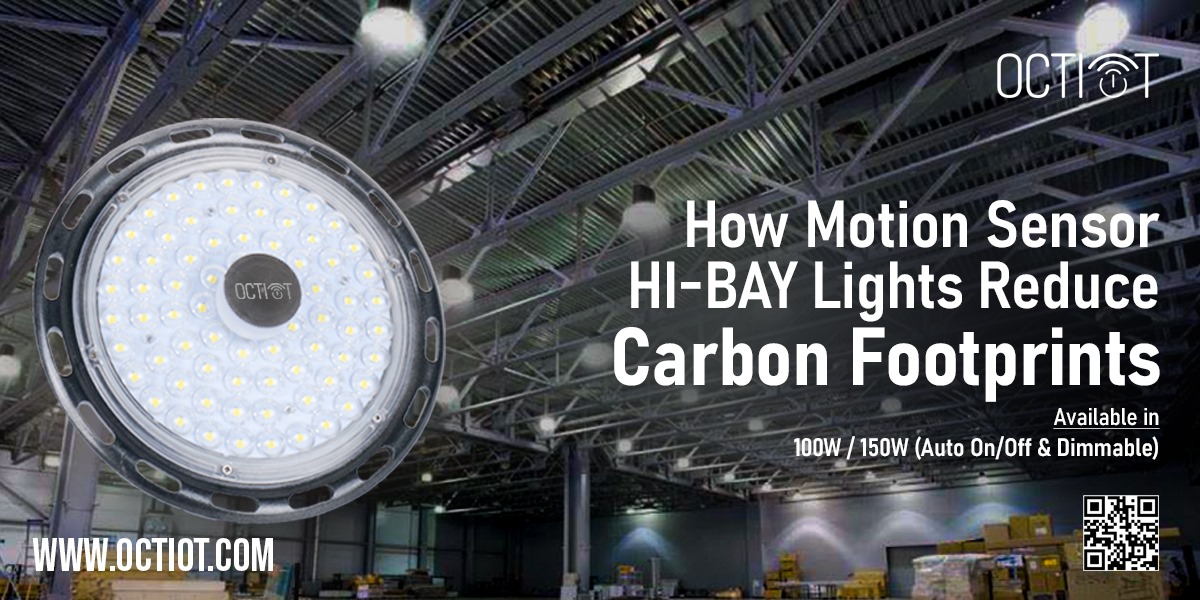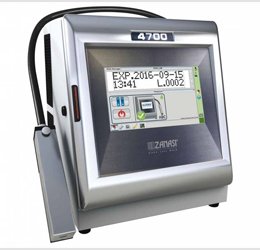₹ 1500
How Motion Sensor High Bay Light Reduce Carbon Footprint?
: Electronics & Appliances / Home Electronics : Uttar Pradesh
Ad Details
-
Ad ID: 70889
-
Added: August 5, 2024
-
Sale Price: ₹ 1500
-
Regular Price: ₹ 1500
-
Condition: Brand New
-
Location: India
-
State: Uttar Pradesh
-
City: Noida
-
Views: 161
Video
Description
In an era where sustainability is paramount, businesses and industries are continually seeking ways to reduce their carbon footprint. One effective approach is the adoption of advanced lighting technologies, such as motion sensor high bay lights. These innovative lighting solutions not only provide excellent illumination but also contribute significantly to energy savings and environmental conservation. In this blog, we’ll explore how motion sensor high bay lights help reduce carbon footprints and why they are a smart choice for modern facilities.
The Role of Motion Sensor Lights in Energy Efficiency
Motion sensor lights are designed to detect movement within a specified area and adjust lighting levels accordingly. When no motion is detected, the lights automatically dim or turn off, reducing unnecessary energy consumption. This feature is particularly beneficial in high bay lighting applications, commonly used in warehouses, factories, and large commercial spaces where lights are often left on for extended periods.
Energy Savings
High bay lights equipped with motion sensors can lead to substantial energy savings. Traditional lighting systems often waste energy by illuminating spaces even when they are unoccupied. Motion sensor solutions ensure that lights are only used when needed, significantly cutting down on energy usage. Studies have shown that motion sensor high bay lights can reduce energy consumption by up to 50%, which directly translates to lower electricity bills and reduced carbon emissions.
Reduced Carbon Footprint
Reducing energy consumption directly impacts a facility’s carbon footprint. Electricity production is one of the largest sources of greenhouse gas emissions, and by minimizing the amount of energy used, motion sensor high bay lights help lower the overall environmental impact. For businesses aiming to meet sustainability goals or comply with environmental regulations, this reduction in carbon emissions is a crucial benefit.
Enhanced Longevity and Reduced Maintenance
Another advantage of motion sensor high bay lights is their extended lifespan. Traditional lighting systems, when left on continuously, experience faster wear and tear. In contrast, motion sensor lights, which are used more sparingly, tend to last longer. This longevity means fewer replacements and reduced demand for manufacturing new lighting units, further decreasing the carbon footprint associated with production and disposal.
Lower Maintenance Costs
Extended lifespans also translate to lower maintenance costs. Facilities can save on labour and material expenses associated with frequent bulb replacements. Additionally, the decreased need for maintenance activities means less use of resources and fewer emissions from maintenance operations, contributing to an overall reduction in the facility’s carbon footprint.
The Future of Lighting: Sensor Solutions
The integration of sensor solutions in high bay lights represents the future of energy-efficient lighting. As technology advances, sensors are becoming more sophisticated, offering improved detection accuracy and responsiveness. These advancements ensure that motion sensor high bay lights are not only energy-efficient but also highly effective in providing optimal lighting conditions.
Smart Lighting Systems
Modern sensor solutions are often integrated into smart lighting systems, which can be controlled and monitored remotely. These systems allow for even greater energy management, enabling facilities to adjust lighting settings based on real-time data and occupancy patterns. This level of control ensures maximum energy savings and further contributes to reducing the carbon footprint.













Leave a Comment
Your email address will not be published. Required fields are marked. *